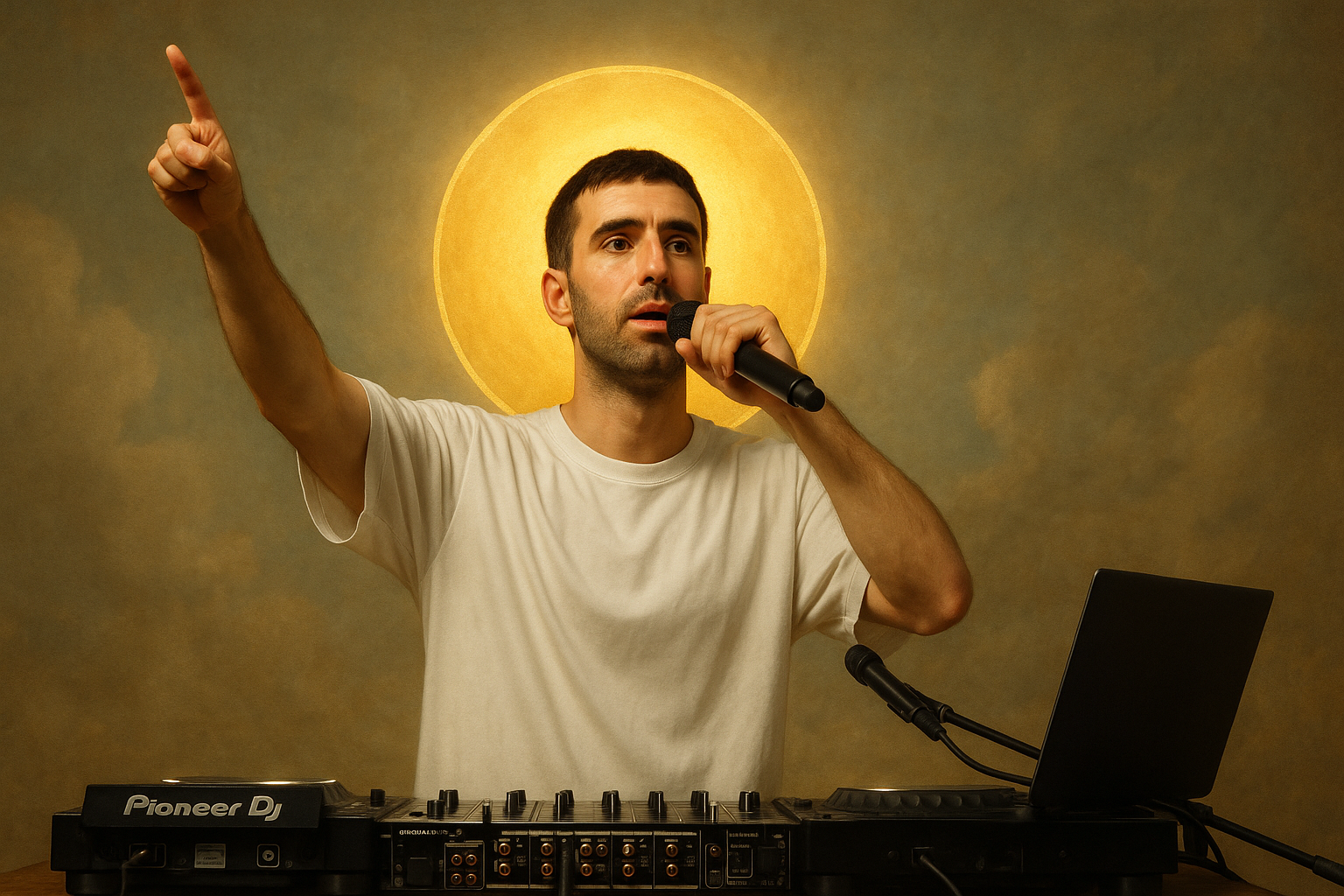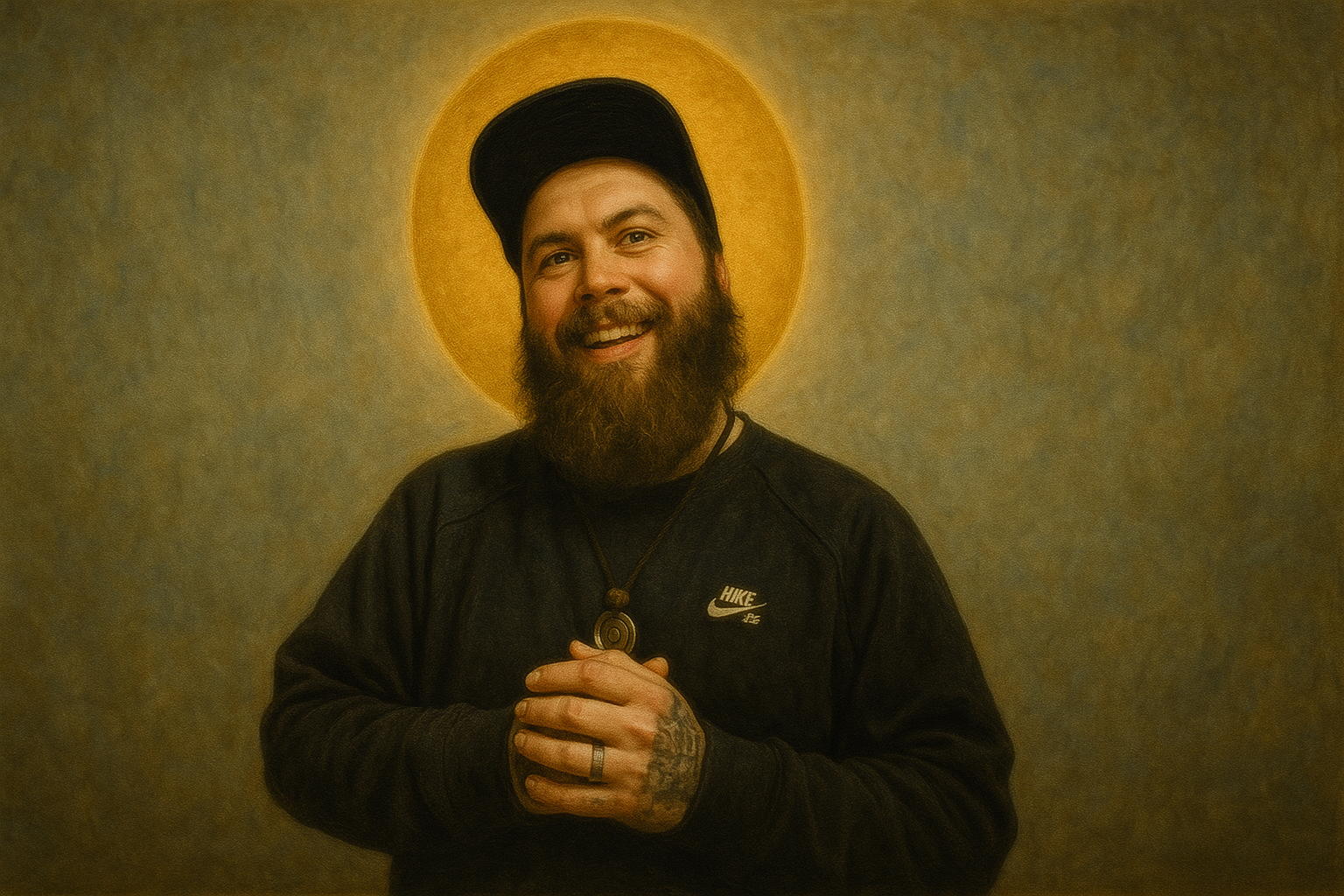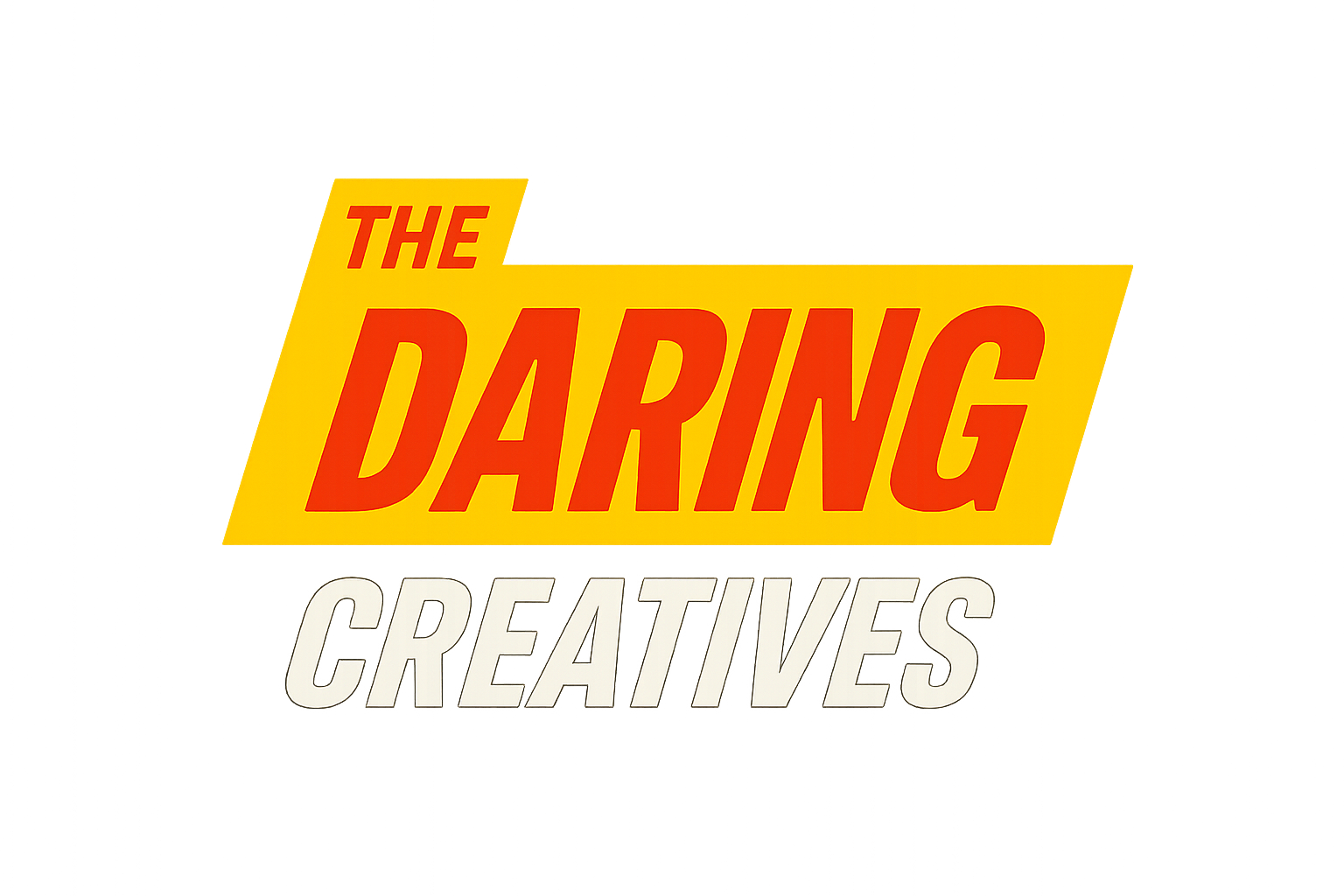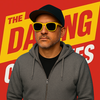A student from a local university reached out recently to ask how I use AI in my creative work. She wanted to know about my process — the tools I use, how I integrate them, and what advice I’d give to someone just starting out after graduation. They were all thoughtful questions, but the one that I gravitated to was the one about starting out advice.
Here's how I answered this particular question:
If I were graduating today, step one would be building a personal brand—one page and one or two channels that showcase your work, process, and, most importantly, your point of view. I’d lean hard into what makes me different instead of playing it safe by trying to appeal to everyone. The right jobs and collaborators show up when they know what you stand for.
That might sound like marketing talk, and thats intentional because everyone needs to market themselves. And yeah, self promotion doesn't come naturally to most of us. But, you don't need to overthink it and I'm going to share a few examples to check out so read on!
A personal brand is simply how the world understands who you are and what you care about. It’s the story people tell about you when you’re not in the room. For creatives, it has replaced the traditional résumé or portfolio as the most important way to be seen.
A portfolio shows what you can do, by looking back at what you already did.
A personal brand shows who you are, why you do it, and what it feels like to work with you.
In the past, your work spoke for itself, but that’s no longer true. We live in a world flooded with content and competition — where talent is assumed (basically everyone is good), and attention is scarce.
What sets you apart now isn’t just the quality of your work, but the clarity of your identity. People want to know the person behind the creativity. They want to understand your perspective, your energy, and your worldview. That’s what they connect to. And that connection is what opens every door.
The challenge is that most creatives don’t want to think about “branding.” It sounds artificial or self-promotional. But the reality is, you already have a brand — it just might not be intentional. Every post, project, and interaction contributes to how people perceive you.
Building a personal brand simply means taking control and being intentional. It’s not about being loud or performing; it’s about being consistent, clear, and human.

Look at Mel Robbins, my favorite influencer on earth. She’s not a designer or musician, but she’s built one of the most effective personal brands of our time. Her power lies in her openness. She doesn’t hide behind polish or perfection. She invites people into her real life — her struggles, her routines, her growth. That vulnerability has become her greatest strength. When she speaks, it feels personal, as if she’s talking directly to you. It’s the kind of intimacy that builds long-term trust. And trust, more than reach or aesthetics, is what drives a lasting brand.

Now consider Fred again.., a producer who’s turned the act of making music into an ongoing conversation with his audience. His brand is rooted in presence and process. He films moments in transit, creating music on his laptop on a train on the way to his next gig, or experimenting in a studio with friends.
You see not only the music being made (and enjoyed), but also the humanity behind it. That’s why people don’t just listen to his songs; they feel like they’re part of his creative life. Fred has proven that sharing your process isn’t a distraction from your art — it is your art.

Then there’s James Martin — the designer behind Made by James. I fondly recall meeting James during a podcast I was producing a few years back. He’s one of the best examples of consistency I’ve seen in any creative field. Every post, every sketch, every project reflects the same clarity of tone and purpose. He’s open about mistakes, transparent about process, and unfiltered in personality. There’s no gap between the person and the work. That’s what makes it believable. In one interview, James said, “The more I’ve been myself, the more good things have happened to me.”
What ties all three of them together is that none of them built a brand by accident. They did it by showing up — consistently, authentically, and in their own way.
Mel’s superpower is empathy. Fred’s is transparency. James’s is honesty and repetition. But underneath all of it is the same discipline: they each decided what they stood for and built around that idea relentlessly.
The irony is that building a personal brand often has less to do with strategy and more to do with self-awareness. You can’t tell a clear story about yourself until you know what matters to you. You will no doubt learn some important things about yourself if you choose this path (personal branding).
For someone just starting out, the most practical advice I can give is to begin documenting your process. Don’t wait until you have a perfect body of work or a grand strategy. Start with what’s in front of you. Share how you’re learning, what excites you, what challenges you. The act of documenting builds confidence, but it also builds clarity. Over time, your story begins to take shape, and with it, your audience.
A personal brand isn’t about manufacturing an image. It’s about maintaining a consistent signal in a noisy world. When people know what to expect from you — in tone, in perspective, in values — they begin to trust you. And once they trust you, opportunities find you.
If I were graduating today, I wouldn’t spend weeks perfecting a résumé (probably won't have much of one anyway).
I’d start building my digital presence around what I genuinely care about. I’d treat my personal brand like a living project — one that evolves as I do. Because that’s really what it is: a long-term creative work about yourself.
The tools will change. The platforms will change. But your story, your perspective, and the way you make people feel — that’s the constant. That’s your real portfolio.


